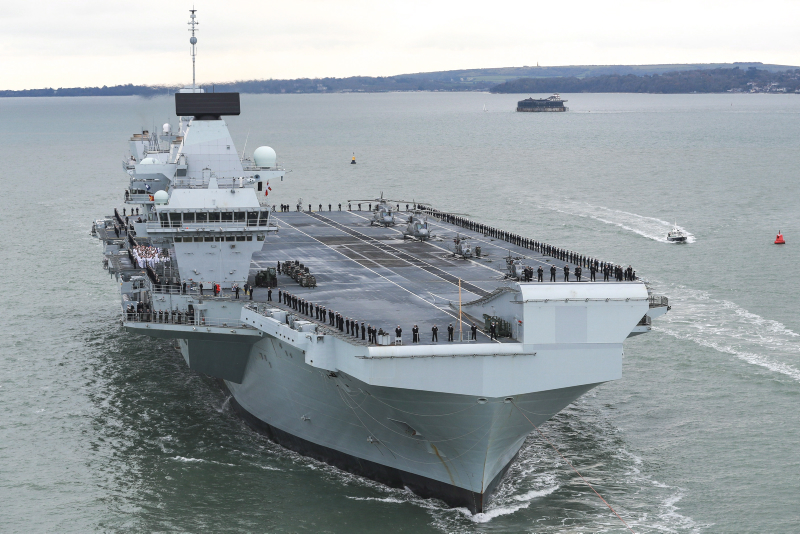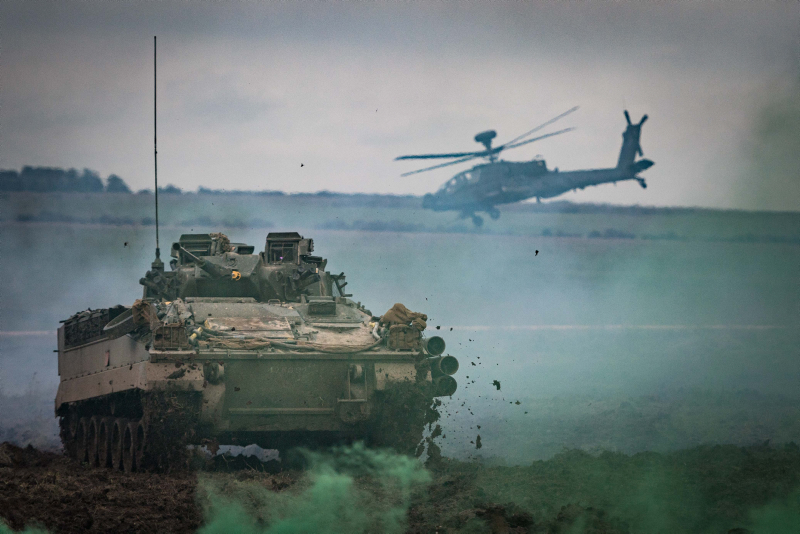Secretary of State Ben Wallace (Conservative MP for Wyre and Preston North), believes the MOD that emerges from the Integrated Review must be a threat-led organisation, reshaped to operate much more in the newest domains of space, cyber and sub-sea. Presumably that will require the acquisition of relevant new technology. Unfortunately, as @onUKDefence has previously pointed out , in the post-COVID 19 world times will be hard, and the government is unlikely to provide significant new money for this. To that end, if Defence is to become relevant in these new operating environments, it is going to have to pay for it by doing something it is very bad at – disinvesting in existing military capability.
Defence Decision Making
When it comes to decision making within government, social scientists David Braybrooke and Charles Lindblom argued that there are two choices: the cost-benefit analysis approach and serial disjointed incrementalism. As the name suggests, in the first approach all of the costs and benefits associated with a specific course of action are assembled so policymakers can compare benefits to costs, in order to decide if a policy is worthwhile, or, given a choice, which policy is the more or most worthwhile. The second approach involves making policy through a series of small decisions, which, as they are taken in steps, can be reversed, or at least amended, if they subsequently prove to have been a mistake. Clearly, the idea of keeping options open is central to this approach.
Defence is fully bought into serial disjointed incrementalism or, to give it its more common term, ‘muddling through’. The main pillars of defence policy – the nuclear deterrent, membership of NATO, the close relationship with the US, and the provision of independent military capabilities for operations outside Europe – have remained consistent for the last seventy years. As John Baylis, Emeritus Professor at Swansea University, observed “sweeping changes have been avoided and piecemeal adjustments have been favoured.” However, although this cautious, risk-averse approach may have served Defence well over time at the macro-level, it is most unhelpful in the current climate when it comes to making decisions over disinvesting in existing military capability.
Defence’s Inability to Make the Difficult Choices
In a recently published report, the House of Commons Public Accounts Committee castigated the MOD for its failure to make the difficult choices necessary to balance its Equipment Plan and address its estimated between £2.9 and £13 billion affordability gap. It also accused the Department of being stuck in a cycle of managing its annual budget, using additional funds to offset financial pressures, and making short-term decisions which result in poor, long-term value for money.
To be fair, Defence is between a rock and a hard place. Ben Wallace wants it to be a much more threat-led organisation. He also wants it to be prepared for persistent global engagement, ready for constant campaigning and able to transit between operating and fighting as required. Giving evidence to the House of Commons Defence Committee recently, General Sir Nick Carter, Chief of the Defence Staff, spoke of the strategic context being “dynamic, complex and with the defining condition being instability.” He also called out a more assertive Russian threat, the very vivid challenge of China and a threat from terrorism that is continuing to grow.
Against that assessment, identifying which existing military capabilities are no longer required is challenging; moreover, relying on a muddling through approach to decision making doesn’t help. At the end of the day, Defence is in the insurance business and the Service Chiefs must invest in the military capabilities they believe are best able to guarantee success in the future operations they consider most likely. To that end, not only do most legacy systems have a proven track record, the British public, lobby groups and the retired generals, admirals and air marshals commentariat generally support capability that is already embedded in UK military culture, i.e. ships, tanks and fast jets.
Conclusion
Earlier this month, the MOD announced that nearly 750 Mastiff, Ridgeback and Wolfhound armoured vehicles, procured to combat the threat of improvised explosive devices in Iraq and Afghanistan, are to be withdrawn from service. So, Defence can rise to the challenge of disinvesting in existing military capability. However, it shouldn’t have to do so alone. From the very top of government, clear direction must be provided on the priorities against which capability managers should plan against. Equally importantly, commensurate resources must also be allocated to fund them.
The Defence Secretary’s Daily Telegraph headline ‘We are putting Space at the heart of Britain’s Defence’ is all well and good but, without some very overt political support, don’t expect to see any of the Service Chiefs offering up capability disinvestment options from their own operating environment to make it so.







2 comments On The Challenges of Disinvesting in Military Capability
An interesting analysis though I had to smile at the offset when one option is described as “the cost-benefit analysis approach”; UK Governments have consistently failed with big projects to get the CBA correct: Cross-Rail and HSL to name but two. Why think Defence planners can get it right when they are having to apprise constantly evolving political and opposition armed force threats? Don’t pretend to know the answer but the glib use of CBA is rather disingenuous, I submit.
@onUKDefence agrees with the point made regarding Defence planners in the comment above. The cost benefit analysis approach referred to in the post is simply Braybrooke and Lindblom’s view on methods for delivering government policy. Whether any recent UK defence policy has been implemented via this method is a moot point – most of the defence academic commentariat supports the view that ‘muddling through’ is the default approach.